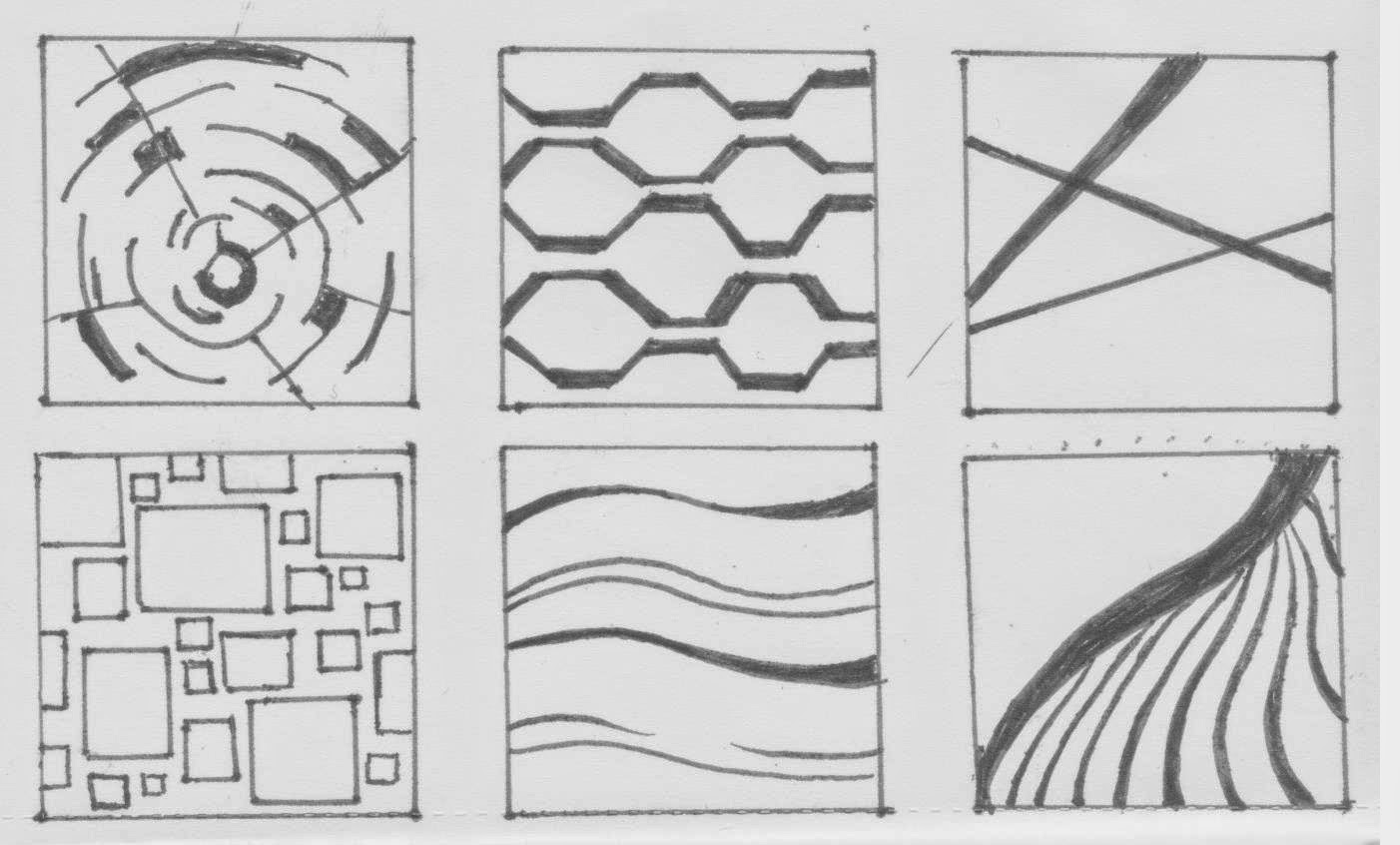Simon Giang
Monday 29 June 2015
Sunday 28 June 2015
FINAL SUBMISSION: BRIDGE
TYRANT
School of Computational Architecture
EARLY APOLOGY:
Due to the endless malfunctions of SketchupConverter.exe, Lumion could not be utilized for rendering hence different approaches have been made via submission. Sorry for the inconvenience
MASHUP
The dominant mode of utilizing computers in architecture
today is that of computerization; entities or processes that are already
conceptualized in the designer’s mind are entered, manipulated, or stored on a
computer system. In contrast, computation or computing, as a computer-based
design tool is generally limited. The problem with this situation is that designers
do not take advantage of the computational power of the computer. We have seen a growing interest in parametric
design as it offers a new approach to architecture based on advanced
computational design techniques. As parametricism becomes a tool
more designers are turning toward, is this method beginning to define the style
of our time? In an effort to identify our architectural style to allow it
to be recognized, Patrik Schumacher, a partner at Zaha Hadid, has communicated his beliefs in his Parametricist Manifesto. “As a style, parametricism is marked by its
aims, ambitions, methodological principles, and evaluative criteria, as well as
by its characteristic formal repertoire.” Before a given specific discipline can begin to gain from the use
of virtual environments, more than just casting old assumptions into
mathematical form is necessary. In many cases the assumptions themselves need
to be modified. Urban landscape will be more varied, as the need for
homogeneous/repeated structure goes away. So large office buildings with
identical stacked meeting spaces and cubicles will get reconstructed into more
interesting organic spaces, maybe in some cases leaving the exteriors intact. What is exciting
about this new style is that parametricism offers a flexible set of components
to manipulate, which leads to an infinite amount of variation.
http://www.archdaily.com/64581/parametricist-manifesto-patrik-schumacher
Menges, A & Ahlquist, S 2011, Computational design thinking, John Wiley & Sons, Chichester & UK
http://au.phaidon.com/agenda/architecture/articles/2010/december/08/the-real-will-come-to-resemble-the-virtual-philip-rosedale-talks-to-phaidon-com/
Menges, A & Ahlquist, S 2011, Computational design thinking, John Wiley & Sons, Chichester & UK
http://au.phaidon.com/agenda/architecture/articles/2010/december/08/the-real-will-come-to-resemble-the-virtual-philip-rosedale-talks-to-phaidon-com/
18 PERSPECTIVES
36 CUSTOM TEXTURES
MOVING ELEMENTS
DRAFT+DEVELOPMENT

FINAL
RHINO FILE: uploading...
Wednesday 29 April 2015
Final Submission: Marker
TWO CONCEPTS
Architect 1: SOU FUJIMOTO
- To produce an organic and ultimately, an aesthetically pleasing architecture; Fujimoto implements intricacy in the arrangements of similar geometries rather than the complexity of geometries themselves
MASH-UP STATEMENT
To achieve an organic and complex architectural structure as my marker; I decided to implement complex arrangements of simplistic geometries to arouse the interrelation between these paradoxical notions. These geometries would include both slim, delicate prisms and thick elongated prisms. This is to evoke the aesthetic impact from the combining of such opposing geometries.
18 SKETCH AXONOMETRICS
36 CUSTOM DESIGNS

IMAGE CAPTURES AND ARCHITECTURE

Rhino & Grasshopper files
https://www.dropbox.com/s/30dh2r9uqri653k/Marker.3dm?dl=0
https://www.dropbox.com/s/4cxok6x26c7l6yh/Marker.gh?dl=0
Architect 1: SOU FUJIMOTO
- To produce an organic and ultimately, an aesthetically pleasing architecture; Fujimoto implements intricacy in the arrangements of similar geometries rather than the complexity of geometries themselves
- Wright’s architecture incorporates ornament-free exterior
and advocates the traditional idea of tectonics and structural integrity.
MASH-UP STATEMENT
To achieve an organic and complex architectural structure as my marker; I decided to implement complex arrangements of simplistic geometries to arouse the interrelation between these paradoxical notions. These geometries would include both slim, delicate prisms and thick elongated prisms. This is to evoke the aesthetic impact from the combining of such opposing geometries.
36 CUSTOM DESIGNS

IMAGE CAPTURES AND ARCHITECTURE

 |
| Night View of the Marker |
Rhino & Grasshopper files
https://www.dropbox.com/s/30dh2r9uqri653k/Marker.3dm?dl=0
https://www.dropbox.com/s/4cxok6x26c7l6yh/Marker.gh?dl=0
Tuesday 31 March 2015
Final Submission
18 Sections
 |
| Splash - Conquer, Splash - Celestial |
 |
| Loose - Triplets, Loose - Celestial |
 |
| Loose - Conquer, Splash - Triplets |
 |
| Undead - Conquer, Undead - Celestial |
 |
| Celestial - Loose, Celestial - Splash |
 |
| Loose, Celestial, Undead - Triplet |
 |
| Celestial - Undead, Conquer - Loose |
 |
| Triplet - Loose, Triplet, Splash |
 |
| Triplet - Splash, Conquer - Undead |
36 Textures
 |
| Fragmented - Above, Splintered - Above, Stained - Below Tranquil - Ground, Colourless - Ground. Scratched - Below |
 |
| Cyclic - Above, Sonant - Above, Foreign - Ground Scruffy - Below, Rural - Below, Begrimmed - Below |
 |
| Hirsute - Ground, Vitreous - Below, New - Above Old - Below, Extralocal - Below, Incomplete - Ground |
 |
| Shattered - Above, Blemished - Below, Entrenched - Below Disjointed - Ground. Archaic - Above, Dynamic - Ground |
 |
| Malleable - Ground. Digital - Above, Magnetic - Below Fracturable - Ground, Traditional - Above, Cellulose - Above |
 |
| Cyber - Above, Luscious - Below, Asymmetrical - Below Optical - Ground, Porous - Above, Imperfect - Ground |
Stairs
Drafts
Splash - Triplets
Celestial - Loose
Final Design
Animations
Subscribe to:
Posts (Atom)






























